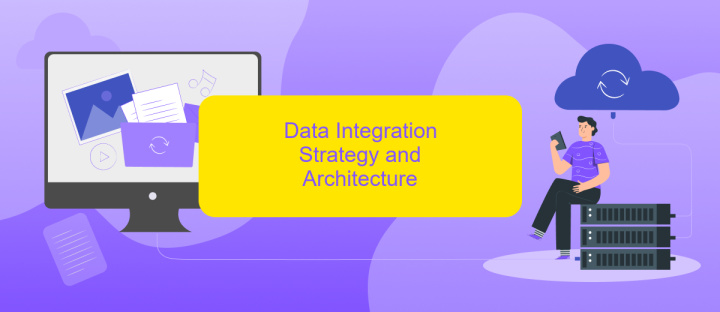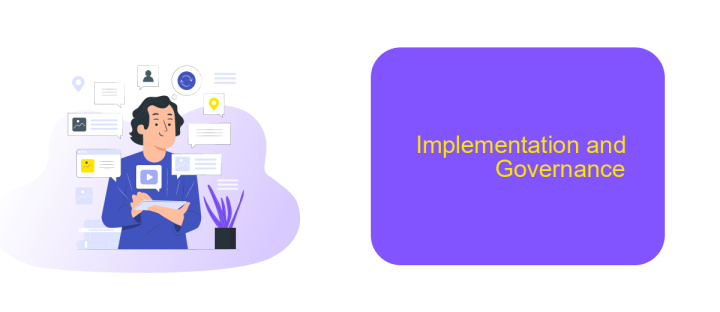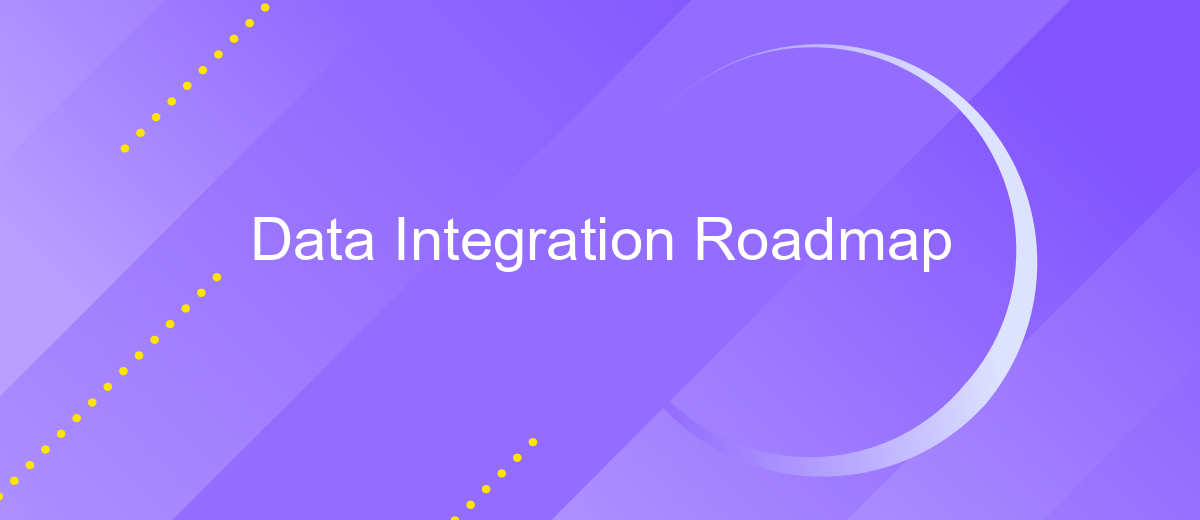Data Integration Roadmap
Data integration is a critical component for organizations aiming to leverage their data effectively. A well-structured Data Integration Roadmap provides a strategic plan to unify disparate data sources, ensuring seamless data flow and accessibility. This article outlines the essential steps and best practices for developing a robust roadmap, guiding organizations towards achieving comprehensive data integration and maximizing their data-driven decision-making capabilities.
Introduction
Data integration is a critical aspect of modern business operations, enabling seamless communication and data flow between disparate systems. As organizations grow, the complexity of their data landscape increases, necessitating a well-defined roadmap for integrating diverse data sources. A comprehensive data integration roadmap ensures that data is accessible, reliable, and ready for analysis, driving better decision-making and operational efficiency.
- Identify key data sources and their integration requirements.
- Evaluate and select appropriate integration tools and platforms.
- Define data governance and quality standards.
- Develop and implement integration workflows.
- Monitor and optimize integration processes continuously.
One of the effective tools for simplifying data integration is ApiX-Drive, which offers a user-friendly interface and robust capabilities for connecting various applications and services. By leveraging such tools, organizations can streamline their integration efforts, reduce manual intervention, and ensure data consistency across systems. A well-executed data integration roadmap ultimately empowers businesses to harness the full potential of their data assets.
Assessment and Analysis

The first step in creating a Data Integration Roadmap is to conduct a thorough assessment and analysis of the existing data landscape. This involves identifying all data sources, understanding the data flow, and evaluating the current integration mechanisms. It's crucial to determine the quality and consistency of the data, as well as any redundancies or gaps. This stage helps in pinpointing the strengths and weaknesses of the current system, providing a clear picture of what needs to be improved or replaced.
Once the assessment is complete, the next phase is to analyze the requirements for the new integration setup. This includes defining the business objectives and technical specifications that the integration must meet. Tools like ApiX-Drive can be instrumental in this phase, offering seamless integration solutions that connect various applications and automate data flows. By leveraging such services, organizations can ensure a more efficient and error-free integration process, ultimately leading to better data management and decision-making capabilities.
Data Integration Strategy and Architecture

Developing a robust data integration strategy and architecture is essential for ensuring seamless data flow across various systems. A well-defined strategy not only addresses current data needs but also anticipates future requirements, enabling scalability and flexibility. Key considerations include data quality, security, compliance, and governance.
- Assess current data sources and integration points to understand the existing landscape.
- Define data integration goals aligned with business objectives.
- Select appropriate tools and technologies, such as ApiX-Drive, to facilitate seamless data integration.
- Establish data governance policies to ensure data integrity and compliance.
- Implement monitoring and maintenance plans to keep the integration processes efficient and up-to-date.
Using services like ApiX-Drive can significantly simplify the integration process by providing a user-friendly platform for connecting various applications and automating data workflows. This not only reduces manual effort but also minimizes the risk of errors, ensuring that data is consistently accurate and reliable across all systems.
Implementation and Governance

Effective implementation and governance of a data integration roadmap are crucial for ensuring seamless data flow and maintaining data integrity. The initial step involves setting up a robust framework that outlines the processes, tools, and technologies required for integration. A well-defined framework helps in identifying potential challenges and mitigating risks associated with data integration.
Utilizing services like ApiX-Drive can significantly streamline the integration process. ApiX-Drive offers a user-friendly platform that allows businesses to connect various applications and automate data transfers without extensive coding. This service supports a wide range of applications, making it a versatile tool for different integration needs.
- Define clear objectives and goals for data integration.
- Choose the right tools and technologies, such as ApiX-Drive, for seamless integration.
- Establish data governance policies to maintain data quality and security.
- Regularly monitor and audit the integration processes to ensure compliance.
Governance is an ongoing process that requires continuous monitoring and adjustments. By leveraging advanced tools and establishing stringent governance policies, organizations can ensure that their data integration efforts are efficient, secure, and aligned with their overall business objectives.
Continuous Improvement and Optimization
Continuous improvement and optimization are crucial for maintaining the effectiveness of your data integration processes. Regularly review and assess your data workflows to identify bottlenecks and inefficiencies. Implementing automated monitoring tools can provide real-time insights into system performance, enabling proactive adjustments. Utilize feedback loops to incorporate user input and ensure the system evolves to meet changing business needs.
Leveraging integration services like ApiX-Drive can significantly streamline the optimization process. ApiX-Drive offers a user-friendly interface for configuring and managing integrations, reducing the need for extensive coding. Its robust analytics features help track integration performance, making it easier to identify areas for improvement. By continuously refining your data integration strategies, you can enhance data accuracy, reduce latency, and ultimately drive better decision-making across your organization.
FAQ
What is a Data Integration Roadmap?
Why is a Data Integration Roadmap important?
What are the key components of a Data Integration Roadmap?
How can I automate data integration processes?
What challenges might arise during the implementation of a Data Integration Roadmap?
Apix-Drive is a universal tool that will quickly streamline any workflow, freeing you from routine and possible financial losses. Try ApiX-Drive in action and see how useful it is for you personally. In the meantime, when you are setting up connections between systems, think about where you are investing your free time, because now you will have much more of it.

